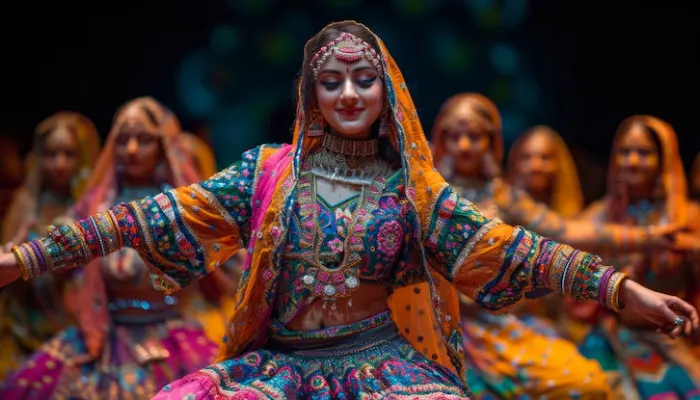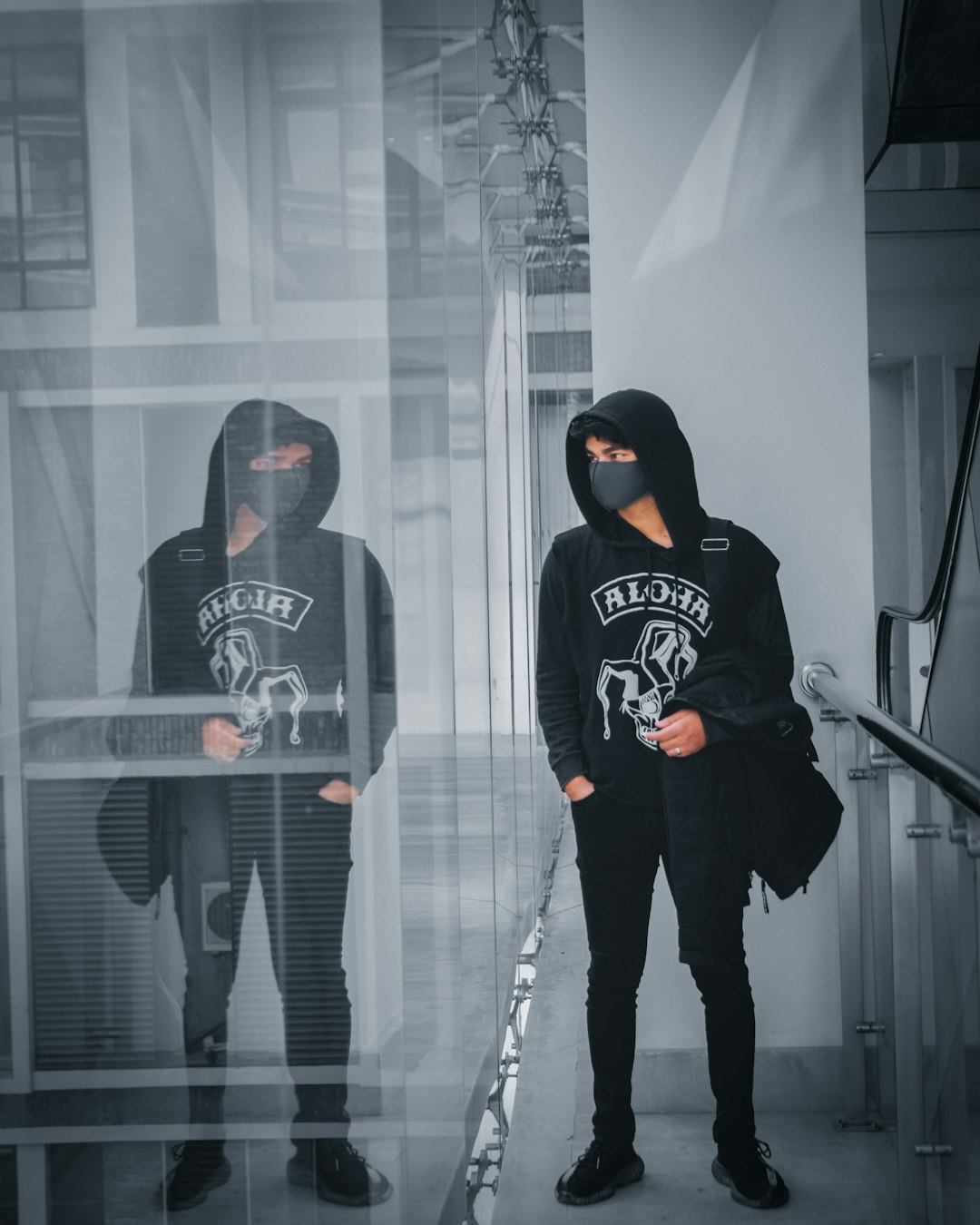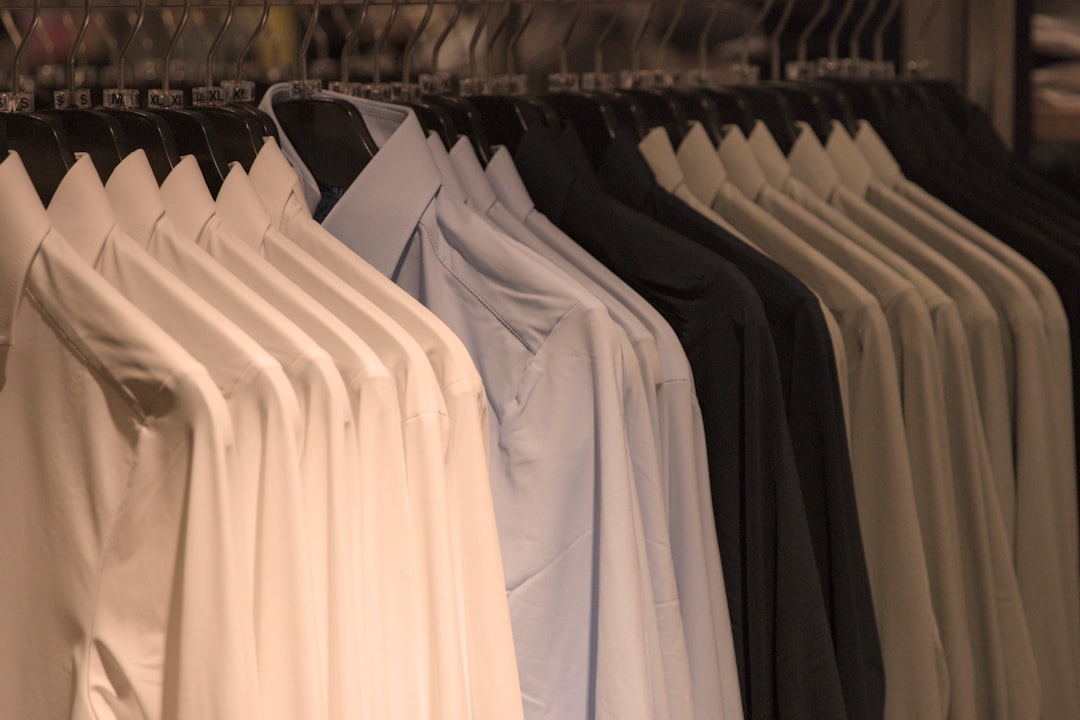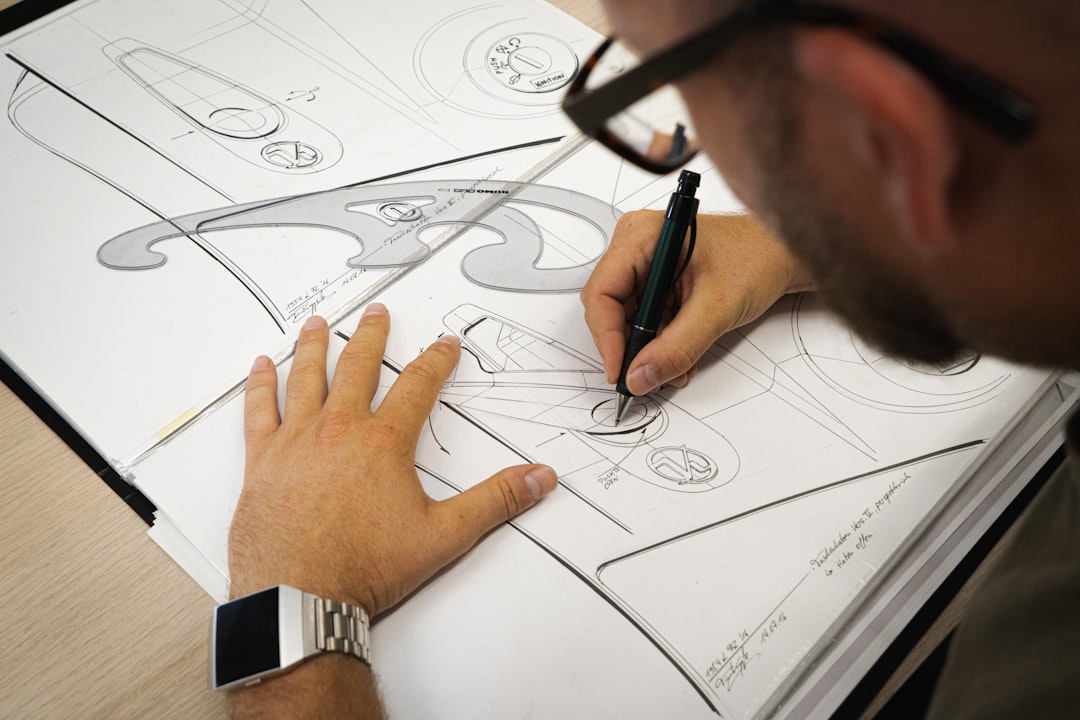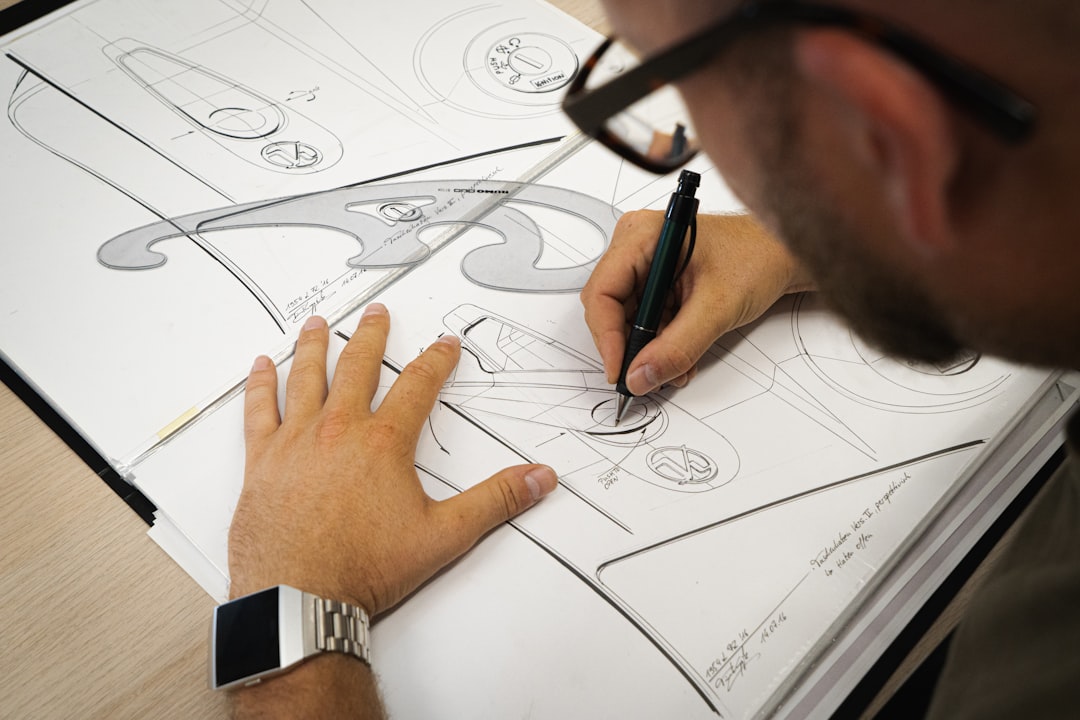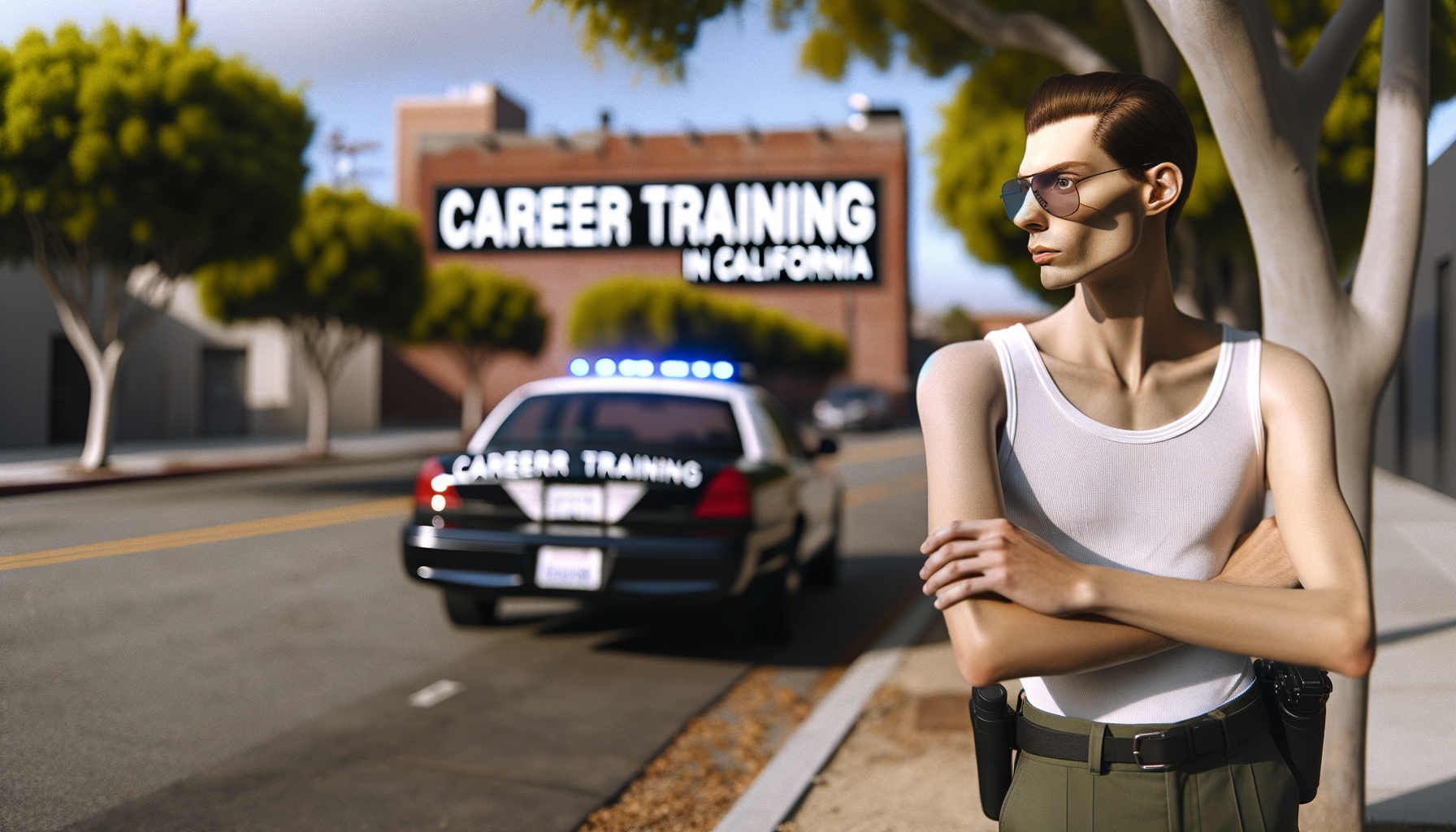You feel it before you see it. In Gujarat, once Navratri is near, something shifts. It’s not a calendar thing — it’s more like the air buzzes a little. Like something’s about to start.
And then, it starts. Not suddenly, but slowly. A drumbeat somewhere in the distance. Lights going up on balconies. Shops pulling out shelves of chaniya cholis. And then... boom. It’s full-on Garba season.
In 2025, Navratri begins on September 29. And once again, Gujarat — honestly, no matter what city or gaam you’re in — turns into one massive, dancing celebration.
Read More: Teej Festival In Punjab: History And Celebrations Explained
Nine Nights That Don’t Feel Like Any Other
So yeah, Navratri. It literally means “Nine Nights,” right? But it’s more than that here. In Gujarat, these aren’t just nine nights of dancing. They’re about faith, family, friendship, fashion... and a lot of fun.
Every night is dedicated to Goddess Durga — or her different forms, to be accurate. Like Shailputri, Brahmacharini, Chandraghanta... and so on. People fast. Some avoid grains, others skip salt. But nobody skips dancing.
Kids count the days. Teenagers start planning outfits weeks before. Tailors work overtime. And society aunties? They’re making WhatsApp groups to coordinate thalis, decorations, and yes — Garba themes.
Garba: It's Not Just a Dance Here
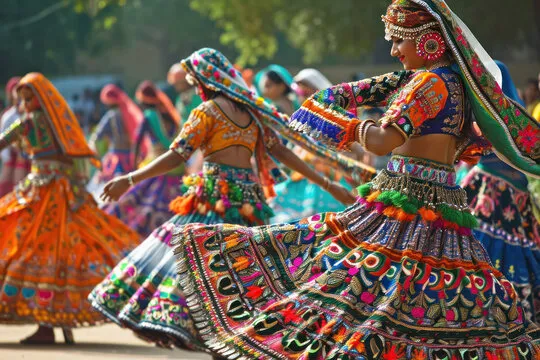
If you're from Gujarat, you probably learned Garba before you learned your own signature. It’s everywhere. School, weddings, temple festivals, family functions.
The traditional form? It’s circular. Everyone moves around a central lamp or image of the goddess. The steps are simple, but the vibe? Intense. Some people spin with their eyes closed. Some just sway and smile. Both are right.
In 2025, most societies — even the smaller ones — are organizing community Garbas. No tickets, no celebrities. Just speakers, a big rangoli, and people who love to dance. Sometimes it’s live folk bands. Sometimes a Bluetooth speaker and a playlist. Either way, the feeling’s the same.
Dandiya Raas – A Little Loud, A Lot of Fun
Somewhere in the middle of Navratri, things change a bit. The steps get sharper. The claps get louder. People start using sticks — that’s Dandiya Raas.
The sound of two sticks meeting — tak tak — becomes part of the festival. It’s fast, it’s fun, and it’s everywhere. Schools organize Dandiya competitions. Colleges have fests. Even corporate offices let their staff dance one evening.
And let’s be honest — a lot of love stories begin over Dandiya. Eyes meet, steps match, someone compliments your outfit... next thing you know, you’re exchanging numbers between sets.
Fashion? Oh, It’s a Whole Universe Here
If there was a festival Olympics, Gujarat would win for Navratri Fashion. No question. Girls wear chaniya cholis — not just any, but bright, hand-embroidered ones with mirrors, shells, threadwork, tassels. Boys wear kediyu — that frilly traditional top — paired with dhoti, jeans, or whatever works. Some even match outfits with friends. Or dates.
Jewelry is huge. Bangles that go up the arm. Nose rings with chains. Anklets that actually make sound. The louder, the better.
In 2025, there’s a big wave of sustainable fashion — handwoven cottons, plant-based dyes, even rental chaniya cholis. Boutiques in Bhuj and Kutch are selling out early. Everyone wants to look good — but with heart.
Garba Grounds, Small Town Streets, Society Yards… Everywhere's a Stage
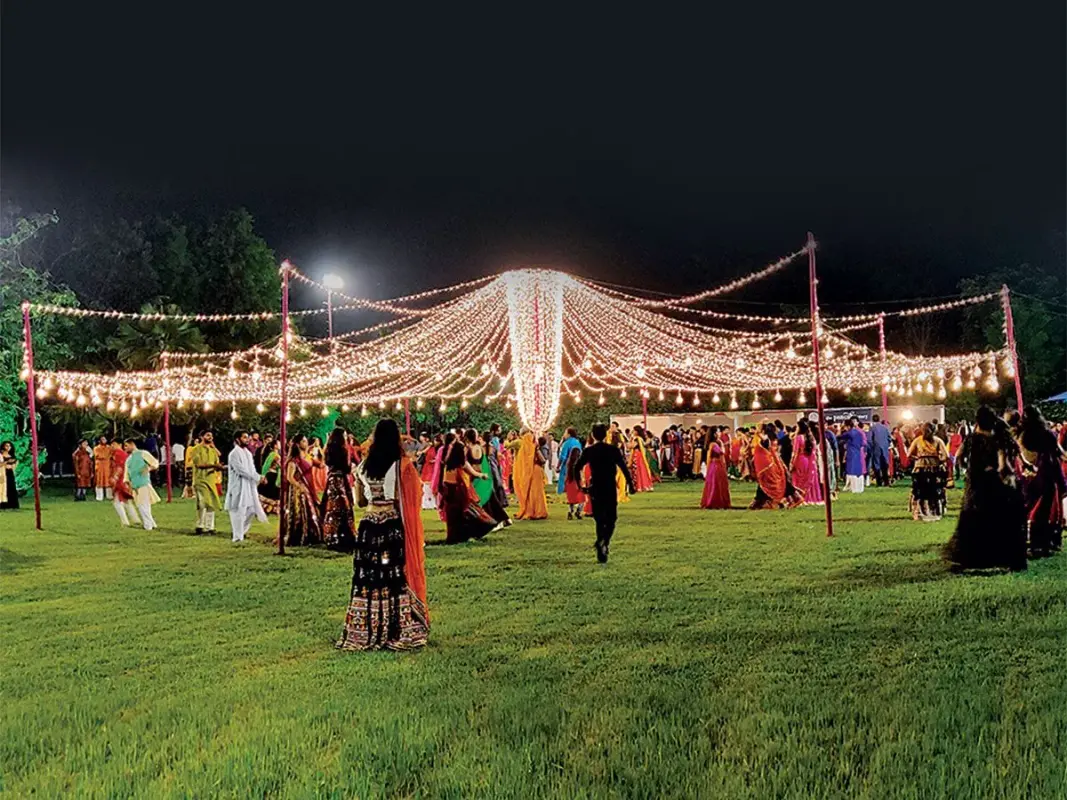
You don’t need a stadium. In Gujarat, Garba happens anywhere there’s space and speakers. Cities like Ahmedabad and Vadodara host massive professional events — tens of thousands of dancers, big-name singers, LED stages. But the best Garba? It’s the one in your own society yard.
No dress codes, no judging, just neighbors clapping in rhythm. Aunties with sore knees still doing half the steps. Kids making up their own versions. Uncle ji trying to keep up. It’s chaotic, and it’s perfect.
And every night, around 9pm, it begins. Sometimes you just go down “to watch,” and next thing you know, you’re dancing barefoot at 1am.
Fasting, Feasting & Food Stalls
Now about food — Navratri’s weird that way. Half the state is fasting. The other half is at food stalls.
Those fasting eat sabudana, singhada flour puris, fruits, boiled potatoes, sweet dishes like shrikhand, or just water. Some follow full vrat. Others keep it flexible.
But near every Garba ground? Food stalls are goldmines. Chaats, dabeli, khichu, jalebi-fafda, fruit juices. In 2025, more stalls are offering “vrat-friendly” menus — no grains, no onion-garlic — so you can snack and still stay spiritual.
More Than Dance — It’s Belonging
Navratri in Gujarat isn’t just about religion or celebration. It’s also about community. That warm feeling of being part of something bigger.
You don’t even need to be good at Garba. No one cares if you miss a step or spin the wrong way. If you show up, you’re part of it.
This year, more inclusive Garbas are happening — ones that welcome elderly, disabled folks, and newcomers who don’t know traditional steps. There are even quiet-hour Garbas — for kids with sensory issues. Because here? It’s about joy. And no one gets left out.
Also Read: Where Art Meets Tradition: Soorya Festival Lights Up Thiruvananthapuram
Government, Police & Clean-Up Crews — It’s a Whole Operation
With lakhs of people dancing across Gujarat, it’s not easy to manage. So yeah, the government steps in.
Police use CCTV, drones, and patrol units at bigger events. Emergency tents are set up. Hydration booths. Special security zones for women. This year, they’re using a Garba wristband system in big cities — entry only with QR code.
Also, there's a push for eco-friendly celebrations. No plastic decor, no chemical rangolis, even biodegradable lights. Clean-up teams are pre-assigned. It’s organized chaos, honestly.
On the tenth day — Dussehra — the lights come down. The music fades. Clothes go back into cupboards. People go back to regular dinners.
But you still hear someone humming a Garba tune on a scooter. You spot mirror-work chaniya bits on balconies. And your feet? Still aching. Because those nine nights — they stay with you.
Gujarat’s Heartbeat, Nine Nights at a Time
Navratri here isn’t just about dance, or tradition. It’s about this feeling — hard to explain, easy to feel. It’s community. Culture. Chaos. Color. Whether you’re dancing under bright lights in a mega ground, or barefoot on a dusty society street, it’s the same. You feel alive. You feel home. And that's Gujarat. During Navratri, it doesn't matter where you're from or who you are. As long as you're clapping to the beat — you're one of us.



